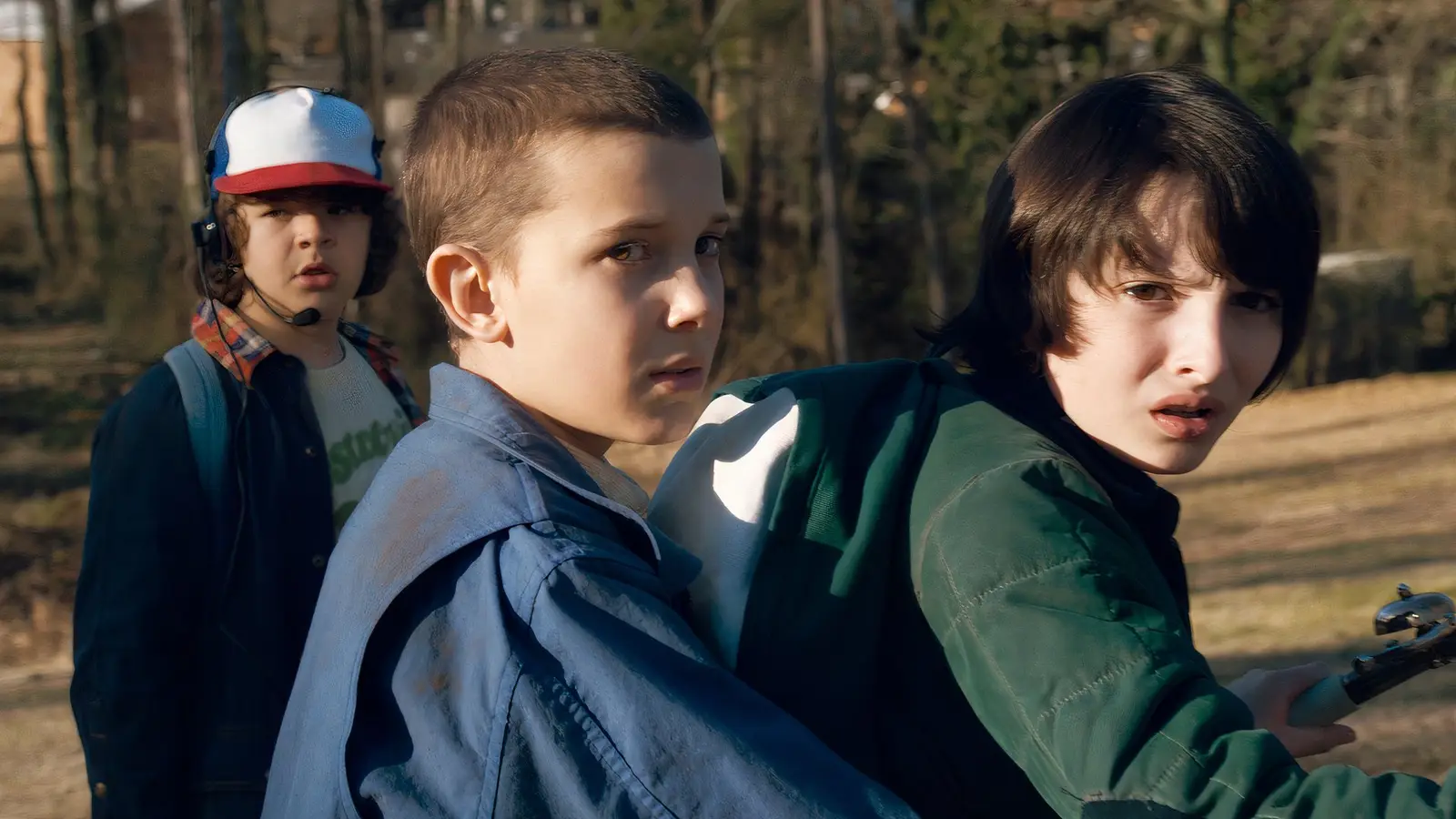Copyright Screen Rant

While Wednesday, Stranger Things, and Adolescence might not have a lot in common, there is one thing that binds Netflix’s three most-watched TV shows together. Netflix’s most-watched shows are a diverse bunch. Squid Game is a high-concept satirical sci-fi thriller, Stranger Things is a nostalgic small town mystery, and Adolescence is a muted, tragic piece of British kitchen sink realism. As such, it might not seem like the streaming service’s most popular titles have a lot in common at a glance. Inevitably, English-language productions dominate the top ten list, although not every show included is an American or UK production. As Stranger Things season 5's massive release nears, it can be tempting to claim blockbuster genre titles dominate. However, for every major flashy fantasy or sci-fi show like Wednesday, Squid Game, or Stranger Things, there is a smaller-scale story like Fool Me Once or The Queen’s Gambit. There is even an occasional historical drama like Bridgerton to prove that nothing about Netflix’s hits is particularly predictable. Except that’s not quite true. A close look at the biggest shows on Netflix proves that the three biggest titles created by the streaming service have one thing in common, and it might not be something readers would expect. They are all about the same age group, going through the same universal experience. Netflix’s 3 Most-Watched Shows Are All About Adolescent Outcast Protagonists Wednesday, Stranger Things, and Adolescence are, as of November 2025, the three most-watched Netflix shows of all time. Strikingly, these three shows are also all about adolescent protagonists who feel like social outcasts for one reason or another. While the pilot of Stranger Things and Adolescence’s first episode couldn’t be more different, this similarity is still pivotal. Stranger Things follows a group of children in small-town America during the 1980s. Although later seasons offered a more sanitized view of the decade, season 1 didn’t shy away from depicting the casual homophobia and slut shaming of the time, along with the permissive, hands-off attitudes of parents and shocking amounts of brutal bullying. As a reboot of the Addams Family franchise, Wednesday obviously has a very different tone and style. However, like Stranger Things, the show is chiefly concerned with a teenage girl whose extraordinary abilities mark her out as different and make her a target for social exclusion. Jenna Ortega’s title character is no shrinking violet, but she still struggles to get adults in roles of authority to take her concerns seriously and heed her warnings. Wednesday season 1’s ending even reveals that not every seemingly kind adult can be trusted, and part of Wednesday’s character arc is her growing independence. Adolescence is both the most recent show on the list and the darkest by a stretch, detailing the tragic murder of a teenage girl by her classmate. Adolescence digs deep into the psychology of Jamie, a seemingly ordinary kid whose imperfect home life, social isolation, and online obsessions gradually drive him into the world of the “Manosphere.” Netflix’s 3 Biggest Shows All Explore Adolescent Angst Very Differently Unlike Wednesday and Stranger Things, Adolescence doesn’t portray its main character as a hero. Instead, Jamie is a tragic cautionary tale, and the adults around him try to understand his terrible actions to ensure they don’t happen again. By Adolescence’s ending, it is unclear whether they have managed this. However, this decision to de-center the show’s young protagonist isn’t the only thing that marks Adolescence out as an outlier here. The series is a very grounded character drama that attempts to create a tone of unvarnished realism, whereas Wednesday blends campy character comedy with fantasy elements reminiscent of the Harry Potter franchise. Stranger Things started out closer to the tone of Adolescence, albeit with government agents and monsters from other dimensions lurking behind the small-town drama. However, as the show’s nostalgic pastiche of 80s pop culture came to the forefront, the series grew zanier and broader with its second and third seasons. By the end of Stranger Things season 4, Max’s storyline ensured that the show was taking its young heroes and the depths of their psychology seriously once more. However, by this stage, the series was more of an epic sci-fi fantasy saga than a tale of teenage rebellion. Why So Many Successful Netflix Shows Follow Adolescent Leads There are a few theories online as to why so many Netflix hits focus on young teens, but the prevailing take is that it’s a truly universal age to feel like an outcast. Shows about older teens are squarely aimed at older teens, and the same is generally true for shows about kids. In contrast, shows about early teens can be aimed at adult viewers and teens alike, thus giving them huge audience potential. For example, an adult saying that they watch Outer Banks, Riverdale, or Bluey would often be expected to clarify that they only view these shows as a “Guilty pleasure.”



